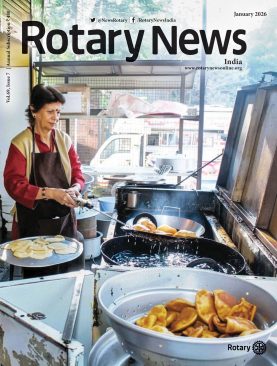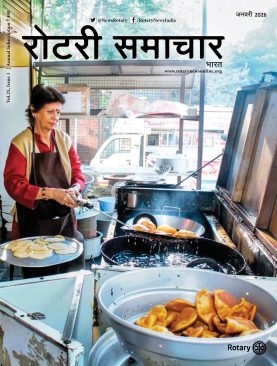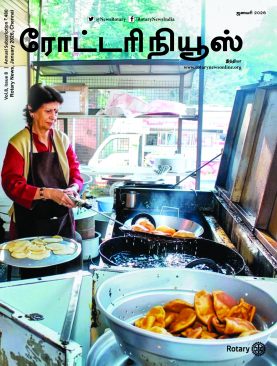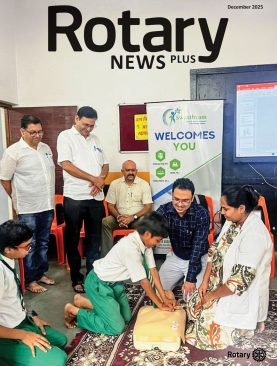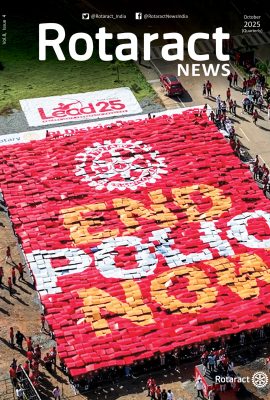
A 70-year-old architect was on a morning walk along Bandra’s Carter Road; he suddenly fumbled and collapsed on the pavement. Onlookers rush to him and respond in the usual way, some suggesting to sprinkle water, some suggesting taking him to the hospital, etc.
Fortunately, among the passersby was a gentleman, Sameer Firasta, well trained in such situations. He tapped both the shoulders of the victim and watched his upper abdomen for signs of breathing. “No response, no breathing!” he said and quickly concluded that the victim had a cardiac arrest. Then he took the crucial three steps so important for survival of a cardiac arrest victim.
First, he called for help, specifically for someone to run and get an AED machine from the nearby Otters club. Then he started pumping the chest the way he was taught — 2” deep, 100 times a minute. This ensured that the brain got blood and did not die. The third step was to use the AED (Automated External Defibrillator) machine to give an electric shock to the victim.
He did it, and lo and behold, this became the first instance in Mumbai of a non-medical, lay person using an AED machine, besides timely and proper CPR, to successfully revive a victim.
When a cardiac arrest occurs, the treatment has to be on the spot as every second counts. If the person’s heart has stopped beating, and if the brain does not get blood, in few minutes it will die.
Shifting the victim to the hospital (usually considerable minutes away) without sending the blood to the brain usually results in the victim being declared “dead on arrival” by the hospital.
Hence the duty of a bystander is to start pumping the chest on the spot to give blood to the brain and prevent it from damage or death. The second important step is to revive the heart by giving an electric shock with the help of an AED. Mouth-to-mouth breathing is not required to be done by a bystander as per latest guidelines. AEDs are meant to be used by the public who can be easily trained to use them when required.
We, members of the Rotary Club of Bombay Airport (RCBA), organised a unique musical programme in which a medical consultants group called “Tuning Folks” enthralled the audience with a musical performance. RCBA felicitated Sameer Firasta, the saviour mentioned above, his trainer Sumaiya from the Revive Heart Foundation and also the lucky survivor. The audience was so moved by the true story of this great save by Firasta and the possibility of more such success stories in the future that there was a spontaneous promise of funding 64 AEDs by people in the audience! So RCBA decided to install these machines at various public places like railway stations, besides training people to recognise and respond to cardiac arrest.
AEDs at railway stations
Twenty of these AEDs were installed in Mumbai suburban railway stations, some of which see a footfall of more than 10 lakh people a day. The staff and RPF personnel were trained to administer CPR and use the device. Thanks to this project, in August, a 41-year-old commuter who fell unconscious at the Marine Lines Railway Station was saved by the station superintendent who performed CPR and used the newly-installed AED. “I was able to save a life, thanks to the training I had received on how to operate the AED which was conducted by RC Bombay Airport,” he was quoted saying by a newspaper.
Meanwhile heart health related education, along with CPR training, continued in schools and parks, the latter being a programme called “Walk with the Doc” in which 14 Rotary clubs participated across seven parks with the involvement of five cardiologists of the city. RCBA also trained five of its members as certified ‘Heart Marshals’ who can save a life anywhere, anytime.
A beautiful art structure, symbolising the saving of a life through CPR, was installed at the Bandra Bandstand Promenade. It also has signboards depicting the steps of resuscitation and use of AED machines for public education.
The writer is an interventional cardiologist and IPP of RC Bombay Airport, RI District 3141

